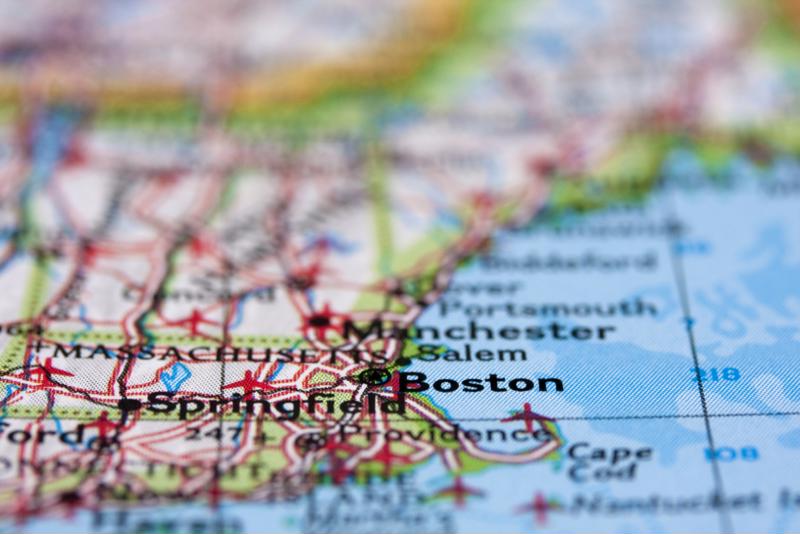
How IoT is making every store a warehouse
By Max BurkhalterApril 19, 2018
Retail stores have been just that for centuries - locations where consumers shopped for and bought the products they needed. For much of these shops' history, technology has had relatively little impact on how the retail arena does business. Sure, widespread electricity allowed for better record keeping and security, and, as the internet emerged, stores started to reap the benefits.
However, the Internet of Things has already begun to revolutionize shops more so than perhaps any other innovation in history. As IoT devices become ubiquitous, the very definition of "store" is seemingly being altered. In some ways, the busy grocery market is starting to resemble an Amazon warehouse. For, with IoT innovation, retail locations are not just stores - they are additional storage options fueling the growing ecommerce market.
Visualizing in-store inventory
In order to provide an omnichannel experience, a multi-channel sales strategy that utilizes every storefront to present the customer with one unified interface, businesses need to know exactly what it is in their stores and when. According to a 2017 Zebra Retail Vision study, 78 percent of retailers understand the need to integrate in-store and online experiences, listing this as a critical priority.
Ecommerce giants like Amazon took the U.S. by surprise and stores have been trying to catch up with the lightning-fast expectations fueled by Amazon Prime. Using established stores as makeshift warehouses gives these existing organizations the tools to ship locally. However, before these benefits can be realized, IoT devices need to be properly implemented.
For starters, businesses will require a real-time picture of every product in stock. With this visualization, they will immediately know which location can assist in fulfilling an online order. Radio-frequency identification and other scanning tools can immediately update an inventory listing, and strong network connections can gather the data from many retail locations in a central hub.
In addition, knowing the consumer's location is also a great help in shipping the desired item from the closest store possible. Retailers should work to structure their websites for optimum efficiency on mobile platforms, so that consumers may order easily while on the go.

Safely protecting and preserving product quality
IoT is helpful in additional ways. Sensors can not only track items, they also monitor equipment. For instance, a connected freezer has the ability to transmit data that warns of device failure. With this information, companies can dispatch repair crews before a device breaks, preventing the possible loss of perishable inventory.
Likewise, portable barcode scanners and other hardware help ensure pick accuracy. This will make sure that the right item goes to the consumer, keeping him or her happy and increasing the likelihood of customer retention. IoT-enabled hardware can also be utilized to double check product package dimensions. Deformed or damaged parcels will be halted before they are sent out.
"Customers want to simply walk in, buy an item and leave."
How MPOS merges the two
Smartphone mass adoption is almost universal. According to Pew Research Center data, 77 percent of Americans own a smartphone. Given that smartphones first truly entered consumer consciousness around 10 years ago, this is an incredible adoption rate. It also means that the vast majority of consumers walk around with a personalized computer in their pockets.
Amazon understands this. Its first varied retail experience, Amazon Go, arguably represents the future of in-store purchases, a location that is a fusion of the old and the new. These new venues deliver close to the level of internet convenience, as customers can simply walk in, scan and leave. There are no more lines, no forced cashier interaction - just the consumer and the desired item.
Mobile point of sale is expected to balloon in the coming years. The same Zebra study found 87 percent of retailers planning to deploy some degree of MPOS solutions by 2021. Capterra data also found almost half (48 percent) of retailers that use MPOS already prefer it to the traditional method.
Consumers want convenience, this has been one of the largest drivers of ecommerce. By turning stores more into warehouses, where desired items can be shipped an retrieved with less hassle, in-store shopping can hope to better compete against the online shift.
Of course, modernization of this magnitude requires significant investment in corporate network infrastructure. Organizations need to be sure the data they collect from multiple locations is correct, timely and and consistent. Perle has the expertise and the hardware necessary to empower such a transformation. Contact us today to find out how we can help optimize your in-store experience for MPOS and other IoT-enabled shopping interactions.



